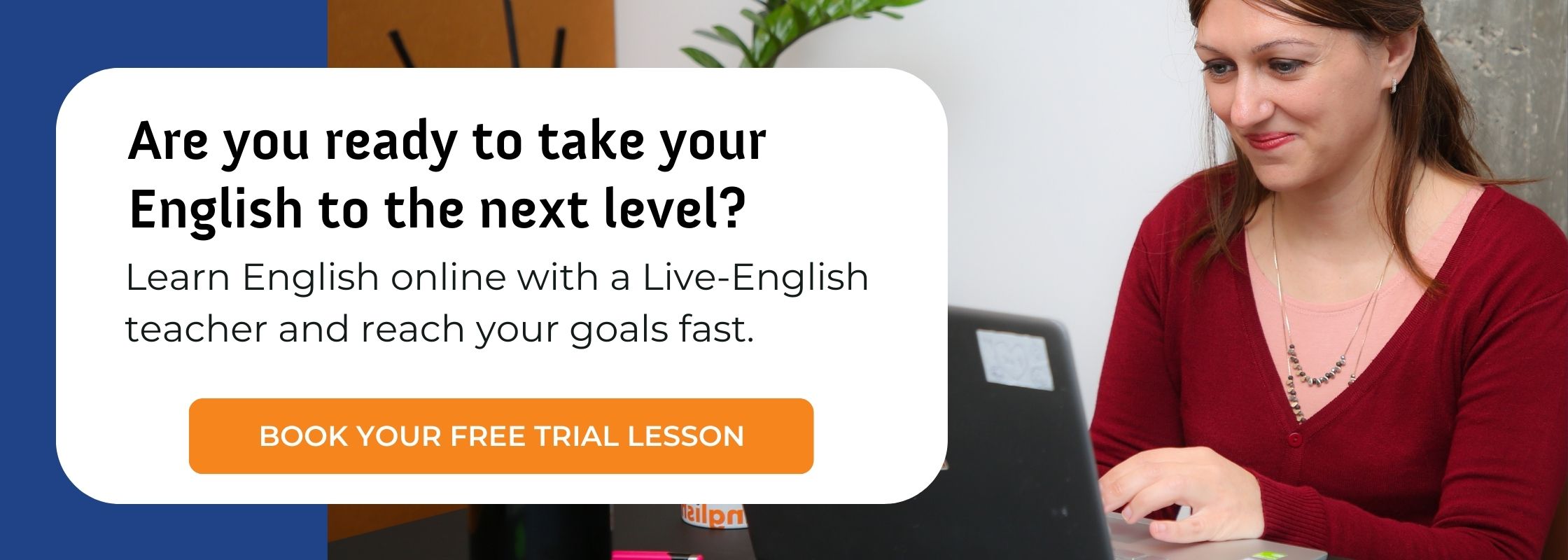
Have you ever encountered IT terms in English and you were not exactly sure about their meaning? Too confused about how to say these important terms in English? Here are a few of the the most important IT terms and what they are used for.
Some English words used in IT
1. Applet – a small program that is designed to run inside Java that adds functionality to a program that is not available in HTML. The applet can only run when Java is up-to-date often causing a user problems.
2. Back Button – This is the button on the top of a webpage that allows the user to go back to a previous page. This saves the user time and brain power when he wants to return to a previous page.
3. Cached out – A slang term for a very tired person. This orginially came from a cach that is a place to hold data in programming, Cached out means that there is no more memory available.
4. Cookies – A funny name for a noun that describes a small piece of information about you. Your browser often exchanges cookies with a site so that you can be identified the next time you visit the site.
5. Down time – This expression refers to lost production time due to a broken machine and its operator being unable to work. It can also be used as a slang word meaning rest time.
6. Eye candy – images that load onto a website, the intention is to make the website look better, but if it makes the loading time too slow, either on a computer or nowadays on a smartphone, users will leave even if it is good picture.
7. Cloud computing – Most of the data and programs are not on your own computer, but are hosted off-site, no one knows where the servers are located, so it is up somewhere in the “Cloud.”
8. Delete – To remove a file or erase information from your phone or from your computer. Many people use the word delete instead of erase nowadays.
9. Hot spot – a place where there is wireless Internet available for the use of customers. Café’s and stores also use wireless for their customers. This week I saw a sign that read:”Wireless Internet for husbands while their wives shop.”
10. multitasking –To do more than one task at a time. In IT it means to be able to run two or more projects,.
11. SEO – Search Engine Optimization – Search engines use certain algorithms to find the best results for a given search term. Companies work to get the right content and search terms so to show up in the first page of a user search.
12. SEM – Search Engine Marketing- A company may also buy advertising and show up in a search engine’s first few spots reserved for pay for click traffic.
13. UI/UX – User Interface/User Experience. How is the user’s experience on the website? Does it load fast or the same on all platforms? If a site takes too long, the user can just leave the website. Where are the most important features of the site? Where is “the call to action?”
14. User – A term that defines the online audience, it also refers to anyone who “uses” a computer
15. Wi-Fi -This is a wireless network that is used in homes and offices. It allows more than one computer to access the Internet at the same time without having to have a “wired connection.” This save expenses as computers can share data and compatible hardware such as printers.
Now you just need to practice these terms. Register for a 1-to-1 Skype lesson with a Live-English tutor now!







